[Sponsor message]
[Sponsor message]
[Sponsor message]
Hey KIDS!
[Sponsor message]
[Boztank pls insert ‘hey kids’ GIF here]
[Sponsor message]
Exciting News!
First up: Exciting news! We’re going to be migrating the Club Newsletter to a new format from next month that will be delivered in person! In virtual reality! This means you’ll be able to feel like I’m sitting right next to you saying this stuff right in your face instead of just passively reading it off a screen and maybe getting distracted by other less important stuff. Myself and your Totally Lost Boys (TLB) Club Committee are so excited that we can bring you this amazing experience before any other Youth Club in the world! #awesome
Here’s a taster from a VR trip I took recently to check out the totally awful devastation in Puerto Rico:

Now you’re probably asking how can we bring this exciting new technology to your friendly neighborhood Youth Club, right?! I’m pleased to say that the 2,500% increase in Newsletter Sponsor Messages over the past ~two months has really helped bulk up the Club Money Pool. Rest assured, we’re ploughing all these revenues into product development to continue to make BH&FA YC the most innovative Youth Club on Planet Earth!
Of course we don’t want the Club to fall behind Lindenwood or Farm Hills YC either, which — as we’ve told you in recent Newsletters — have been busy developing ‘innovative’ newsletter solutions of their own. (I say ‘innovative’ but we all know the YC of MZ Yours Truly is the real innovator around these hills!!) But — and it’s a BIG ONE kids! — if the Club Committee were to allow another club to get ahead of BH&FA (brisket forbid!!!), say by offering better Member facilities, then we’d risk Membership declining — instead of benefiting from the continued year-on-year growth that _we_all_enjoy_. It would also mean less money for the Club Treasurer to spend on buying up neighborhood housing to knock down in order to expand the size of the Clubhouse and keep you all entertained right here on campus! And you really don’t want to be bored do you?! (NB: The date for opening the infinity pool waterpark is still tbc. We found a leak on several floors and given there’s a risk of electrical fire death if we get this wrong it’s taking a little longer than hoped.)
Of course the impending mandatory migration to VR Newsletters also means we’ll be able to bring you more immersive Newsletter Sponsor Messages in future! YAY! Which will be great for the Club Money Pool too. So double YAY!
[Sponsor message]
[Oculus VR promo]
[Sponsor message]
Of course we know that not everyone in Our Community has had a chance to purchase our great Oculus Rift VR headset yet :( Only 0.3% of you have done so! :((( Even though we’ve made sure to tell you all about how great it is for, like, the past several years. (You’ll remember we also ran VR Summer Club Camp last year in Black Chasm Cave. However attendance averaged <1% — and there was that unfortunate incident with the toxic frog — so your Club Committee knows it has a lot more work to do!). So, after a long talk at our last #awesome TLB Brisket Cook-OutMZ I’m really excited to announce an amazing Discount for Club Members that have shown the most dedication to Our Community over the years! This means all of you will very soon enjoy the benefits of Oculus VR! Zero excuses!
[Sponsor message]
[Oculus VR promo]
[Sponsor message]
(NB: If you’re wondering how exactly we’ll be calculating personalized Oculus discounts we can tell you it involves a proprietary formula that Your Club Committee developed based on your lifelong Participation & Attendance Metrics (PAM). We can’t say too much, in case the formula were to be maliciously leaked to Lindenwood — or even, brisket forbid! Staumbaugh Heller!!! — (NBNB: For a reminder about penalties for leaking proprietary Club Information see the base of this newsletter; but, tl;dr, don’t do it!!! Remember the Club Motto: ‘Speak Don’t leak!’).
What we CAN tell you is we’ve been busy number-crunching PAM for the past several years, and those Club Members who have shown not just a consistent commitment to Our Community (which is mandatory) but who have shared their increasing enthusiasm for the Club Program (which Your TLB obviously works 24/7 to bring you!) will be given the biggest discounts — of up to 6.8%! Everyone else will get a smaller discount (based on your unique PAM-based relationship with the Club Program). So basically you only have yourselves to blame if you get offered a discount of sub-0.5%. (And don’t forget we’ll be sharing PAM scores with parents/guardians at the upcoming mandatory BH&FA Club Regulations Awareness Program.)
As you know, Membership of the Club is dependent upon reading Our Newsletter — which includes all Our Sponsor Messages. (Our Sponsors wouldn’t pay us if you didn’t read their messages now would they!?!) So unfortunately Your Club Committee is prepared to say goodbye to any Members who aren’t able to access the Newsletter in future. (NB: Saying you don’t have a VR headset will absolutely not be an acceptable excuse!!! We are, however, open to suggestions for expanding cross-platform support if Members have already bought other VR headsets. (Although we might question your loyalty to BH&FA YC if you do that!!! ;)))
[Sponsor message]
[Oculus VR promo]
[Sponsor message]
Your Awesome TLB Club Committee Update!
So what’s on the boys’ discussion agenda this week Mark!?!
[Boztank pls insert fun ‘yakety-yak’ GIF here]
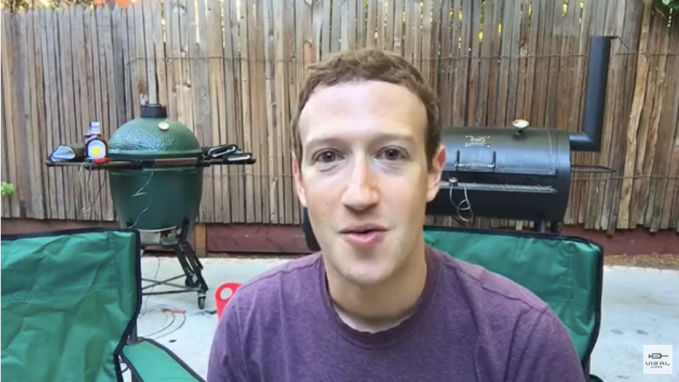
Mmmmmm! Just getting ready for some more crispy brisket!
[Sponsor message]
[Sponsor message]
Okay, time for the customary run down of Important Issues Your TLB is really busy managing around the BBQ while you guys kick back and do wtf you like on campus… Mmm brisket! #Brisket #CookOut #Meat #Mmmm
- Participation & Engagement Metrics — as you should really know by now Your Committee’s ‘prime directive’ is 100% attendance & program engagement at all times! PAM! PAM! So frankly you guys are always a total disappointment :( BUT! — this week Boztank said he’s going to bring some of his special Ideas Envelopes for us to push around while we’re BBQing brisket — so consider yourselves totally warned!!!! PAM! PAM!
- Takeover of Woodside Heights YC — yes we are still finalizing our takeover of Woodside Heights. But we now expect members to be migrated to BH&FA by 06:00 on Saturday 4 at the very latest. Issues we have encountered with the migration include some outgoing Woodside members objecting to the razing of their Clubhouse and the mandatory requirement to travel to BH&FA’s campus because it’s so much further away from where they live and their moms and pops are at work so can’t always taxi them over. However we have pointed out that the facilities we offer here are by far superior. Sheryl has been working super hard (including on Saturdays) to get the message to Woodside parents that their kids will absolutely have the best development opportunities at BH&FA. To ease the transition we have also decided to offer Uber coupons (valid: Tuesday afternoons, for two weeks of August) and some pretty substantial Oculus discounts — although both are provisional on the new recruits completing a Club Reorientation Attendance Probation period of no less than 180 months (achieving weekly PAM average of 95.8%). (So if you hear them say ‘Oh CRAP’ you’ll know why.) We’ll be discussing ideas for hazing the newbs in a forthcoming Newsletter. So stay tuned! And get ready to burn all that Woodside Heights smoke out of em!!!
- Parental Concern — unfortunately we have been informed that a few responsible adults have been expressing concern over what Members might have been exposed to via the Club Program. We are investigating to determine whether there are any identifiable issues of concern, and so far have compiled a list of about ~2,500,000 items for possible follow-up — including reports of screenings of human beheadings in the cinema; animal torture in the yard; misogynistic graffiti all over the place; human trafficking; and even bomb-making classes and/or fascist memorabilia being distributed by a small number of members (!!!). While some of this stuff does sound kind of alarming, in truth we’re generally pretty stoked about the rich diversity of expression that’s evidently thriving within Our Community. Although we are still investigating to determine whether there are any specific issues we need to follow up on — like, in case we need to add an additional rule to our strict ‘Zero Nudity (no, not even fine art or war reportage nudes you sick f—)’ Club Policy. We’ll keep you posted if we decide to amend the Charter. But for now we just ask that you carry on being your richly expressive selves. (As we like to say on the Committee: ‘If you feel it, f—ing say it!!!!’)
- Member Behavior — it has also come to our attention that a small number of Members have been getting increasingly loud and disruptive on campus. However, in the BH&FA YC Founding Charter, we do make it very clear that any attempts to curtail or moderate freedom of expression will _not_be _at_all_ tolerated_. We therefore want to reassure all Club Members that when you are here, under our watchful care, you can say anything at all you want to anyone you fancy — no matter how horribly wrong or hurtful it might be. (As the TLB like to say at the start of a Cook-Out when we’re fighting over whose turn it is to poke the fire: ‘Sticks & stones will break your bones but names can never hurt you!’). That said, we have noticed an uptick in some very nasty name calling; blatantly false and/or ridiculous rumors (no, my parents were not lizards!!!); and people trying to start *actual* fights and/or fires during Club Events. One particularly unruly member — who shall remain nameless (but rest assured We Know Who You Are!!! NB: We discuss this person’s behavior in more detail below, in our Newsletter ‘Hard Issue of The Day’ — and who, let it be known, we also know has a record of threatening behavior outside the Club (because Sheryl read about it in the Menlo Park Tribune)), has been passing off some very ‘creative fictions’ on campus — we suspect as a sort of post-modern art project. But still, we’re keeping an eye out. For example, Adam says he’s seen instances of this person telling others in Our Community that Members’ dead relations didn’t really exist at all, and, furthermore, that corpses laid out in the morgue were just so-called ‘crisis actors’ paid by kids’ parents to pretend to like them. While we’re admittedly impressed with the avant-garde creativity of this particular Member, we recognize that they have also been saying a lot of other absolute tosh — like that flu shots give you cancer or make you gay or turn you into a toxic frog. And that President Trump is the literal lovechild of a Republican Senator (who we’re not naming for libel reasons) and the Angel Gabriel. Like, frankly speaking, we’ve lost track of the amount of garbage this particular Member has been spouting but that’s 100% okay because keeping track of how Members freely expressing themselves is totally not our job at all. We’re just here to make sure the BH&FA campus is massive enough to house all the billions of Members that now make up our richly diverse Community — which also means making sure Our Club Charter enshrines an absolute right to be an utter f— to anyone you please. Kids, we really can’t start cherry picking or where would it end?! The bottom line is that here at BH&FA YC, Your Committee is proud to preside over a marketplace of brainfarts of every possible flavor, toxic or otherwise. So we would like to take this opportunity to remind Members about our very firm *non-discrimination policy* — of welcoming absolutely anyone as a Member, no matter how disgusting your personal views. (And, sheesh, you kids really do have some pretty icky stuff on your mind sometimes!!!) Your Committee would also like to suggest all Members reread Boztank’s 2009 addendum to the Club Charter (entitled: ‘Why you kids need to learn to suck it up’). The TLBs never let anything as non-formulaic as emotional distress get in the way of the campus expansion roadmap. After all, we’ve got a mission to bring the benefits of BH&FA to every person (*13 years or older*) ON THE PLANET! (Shoot for 100% or kill everyone trying!!! — as we like to joke around the BBQ! Or as Boztank’s knuckle tattoo actually reads: ‘We grow PAM, period.’ So, as ever, eyes on the bigger prize, kids.)
- Brisket cook out! — yes! It’s back by popular demand! This time I will personally be bringing a small herd of live Dexter cows on campus and everyone will watch while I tear them apart with my bare hands. Chunks of brisket will be distributed according to the standard Club Formula and each Member will be responsible for cooking their own chunk (or not!). But please no squabbling over the meat!!! And definitely no pushing! You can shout insults at each other in the hopes of being able to distract another Member and grab yourself a tastier chunk but do please keep acts of physical aggression *off campus*. It’s a waste of energy anyways as everyone will definitely get some brisket, even if not everyone can get the delicious deep pectoral I will personally be chowing down on. (It is, however, inevitable that some members will have to wait longer than others to get some meat. But given Our Community is now 2.5BN Members strong & counting! — suck that up Staumbaugh Heller!!! >:-) — we absolutely must have a formula to manage the distribution of the Club Program, fair or otherwise. NB: Having a formula is the important bit, kids. As your parents should tell you, that’s called ‘Leadership’.)
- Proposal to livestream the urinals — as part of our ‘Next-Gen YC 2.0 Moving Fwd Brainfart Sessions 2018 Summer Season Sponsored by Y Combinator’ Boztank suggested the (IMO) pretty wild idea of putting a livestreaming unit in the urinals (!) — pointing down at the pee stream. He thinks it could be a good idea to collect yet another data-point on top of the ~hundreds of thousands we already record per Member for some interesting new engagement metric that we haven’t bothered to think of yet. We’ll let you know at least a day in advance if we decide to move forward with this plan. (NB: We’re still discussing whether it’s a good idea to livestream the girls’ toilets. Or we might just unilaterally replace all Club loos with unisex urinals. tbc). tbh the urinal idea was a lot better than Boz’s other suggestion which was a livestreamed ‘loudest fart’ competition. We might revisit that next fall, for our next Camp Cook-Out
- Committee ‘Diversity’ — we are aware that some Members are continuing to complain about the lack of so-called ‘diversity’ on the TLB Committee. However we would point out we are a truly open-minded bunch of — yes, okay, sure, whatevs — entirely white guys but who are nonetheless willing to entertain the wild and crazy notion that there’s no box at all to think inside of. So, frankly, we don’t understand what your problem is. Also we’re not *all* guys — that’s what Sheryl’s here for
- ‘Leadership elections’ — it has also come to our attention that a very small number of Club Members have been spreading some very malicious, gossipy and totally fake rumors claiming the Club Charter is going to be rewritten to create fixed leadership terms and allow for future Leader Elections. I personally want to make it very, VERY clear that this is 100% FAKE NEWS. Your Committee will not be discussing any changes to the Committee’s structure at all. At any point. Ever. Period.
- Under-13s YC — a brief update on the amazing traction we’re seeing for our ‘Horizon Newborn’ under-13s YC which continues to deliver major wins for BH&FA by onboarding all your siblings from the moment of birth to get them prepped & primed for life in the excitingly breakneck ‘fast-lane’ here on the 13+ campus (NB: Under-13 Memberships are automatically migrated to a full BH&FA YC Membership on your siblings’ thirteenth birthday; but remember, it’s your responsibility to let them know that if they want to collect any cuddly toys or other mementos they’ve accidentally left at the under-13s campus they will have to come here and sign the Membership form to release them from our Cryogenic Cold Storage Unit — where you should warn them they will otherwise languish for all eternity.) The committee is currently discussing whether to turn some of the old Woodside Heights YC campus into an Under-13s soft play foam-axe room. Alternatively we might turn it into a child-friendly sand & gravel mine. tbc
- ‘Odd’ sponsor message content — just a quick note on this last line item but we are aware of a few Members — and in fact the heads of some other Youth Clubs — raising concerns about things they’ve seen in our Sponsor Messages. We’re really not at sure what the issue/s of concern might be but we’re 100% sure that the notion of there being any problem at all with any of the stuff Our Sponsors are paying us to tell you is, like, a _totally_crazy_idea_. So, respectfully, we suggest you drop it. (NB: Also if you want to be able to keep swimming in the Club Money Pool you need to stop asking awkward stuff or we might have to close the pool to non-Committee Members.)
[Boztank pls insert ‘diving into the money pool’ GIF here]
[Sponsor message]
[Sponsor message]
[Sponsor message]
[Sponsor message]
[Sponsor message]
[Sponsor message]
Hard Issue of the day :/
[Boztank pls insert ‘Mark frowny face’ GIF here]
Trouble With A Member

Sheryl making her really scary face (Photo by Justin Sullivan/Getty Images)
[sponsor message]
I know we’re almost out of time for this week’s newsletter but — following on from the note about ‘Member Behavior’ — I wanted to take a short moment to remind all Members of the Club’s foundational commitment to freedom of expression at all costs.
Kids, if your reading level is strong enough you will understand that “at all costs” means there is actually a cost (but don’t worry, we’re not going to start charging you Membership fees!!! it’s not that kind of really bad cost) to the freedoms we enjoy here on campus. And, well, sometimes that cost means being forced to be bullied in public by an angry mob or having to know that some Members are going around campus telling others that your cherished siblings were in fact just a figment of your imagination and the tragic death they suffered at the hands of a gun-touting maniac is just your totally delusional fancy. Yep, life really can be that shitty sometimes! We’re not gonna lie to you!
Regretfully, this ‘cost’ also means that members of Our Community who are Jewish may well also hear some pretty random and totally untrue stuff being spread about their community on campus. Like that time one of our Member Societies put on an ‘alternative’ WWII fictional reconstruction in the theatre. Now Your Committee doesn’t for a moment believe that anyone on campus could have viewed this work as anything other than the piece of avant garde theatre it very obviously was (IMHO). (I mean, maybe a few Members thought it was an historically accurate reconstruction but really it’s the job of the rest of you kids to make fun of anyone crazy enough to believe such stupid stuff!!!) We sure don’t believe that kind of absolute crap. But, nonetheless, we’re 100% comfortable with our decision to operate an entirely open-door Membership Policy because Your TLB is entirely incapable of discriminating. I mean, if we did, where on Earth would it end?!? So even if a Member of Our Community happens to be a renowned fantasist with a record of shouting FIRE in theaters, or even a paid up member of a neo-nazi group which routinely denies historically verified episodes of ethnic cleansing, that’s totally not our problem — it’s theirs! We just provide the world’s over-13s with a soapbox to express their unvarnished selves, globally. What Members choose to do with the tools we provide to help them get their message out there is obviously none of our business!! (Although it is literally BH&FA YC’s business but how else would we fund the platform in the first place?!)
In any case, fact-checking is for qualified professionals who probably work for newspapers. And we are totally not that at all!!! [Edit note from Adam: Are there any newspapers left? Didn’t the Tribune close when you made the Newsletter a daily?] (Supplementary note from Boztank: Remember kids, Mark himself is Jewish. So if he can suck up Holocaust denial, so can you! As my grandpops used to say: ‘If a piece of baloney hasn’t blown your face off you’re winning because you’re not dead yet so stop whining ya cream-faced loon!’)
Last word from Mark: As Boztank has been saying for, like, almost before some of you were born, speech that is “distasteful and ignorant” is nothing to be worried about so long as you kids are totally prepared to just laugh it off (NB: We might use laughing gas for this too — see the Newsletter endnote for more on what we’re cooking up in the Innovation Labs). And, well, frankly speaking, a lot more people really need to grow up and learn that maniacs spouting total rubbish are just an unfortunate distraction from great Sponsor Message content. In any case, fact-checking is expensive — far too expensive for the Club Treasurer’s tastes!!
So, to wrap up, Your Committee wants to make it totally plain we’re 110% here to entertain your behavior — unruly, unreasonable or just plain stupid! Whatever the f— you like! (Just plank safely, eh! There have been a number of deaths related to selfie challenges lately and we’d really prefer you enjoy rather than kill yourselves!!!) And while we may not always be 100% comfortable about the views you’re espousing on campus, or via Club equipment (NB: We have another shipment of 200M Wi-Fi enabled megaphones arriving Wednesday so get gargling!!), we want all Members to know we’re fully behind you being a totally offensive f—. Period.
(Actually, if you or your parents bothered to read the small print that’s literally what our Founding Charter says. In any case, like Sheryl says, there’s no way Our Community would keep growing like the weed it has if we hadn’t let in any shitty idea that wants to crawl in off the street and set up a stink, crawl in off the street and set up a stink. She also says that BH&FA YC is like a compost heap: All shits are 100% welcome here. And: If it stinks, the Club Treasurer winks!!)
All we ask is that you kids play nice together. Because, regretfully, the bill for Clubhouse security staff has been rising alarmingly over the past several months — as more bouncers have been needed around campus to break up several pretty serious brawls. And, well, we have already stuffed the Newsletter to bursting with Sponsor Messages. So we do have some concerns about the depth of the Club Money Pool, going forward. We’ll be bringing you a more fulsome update on Club Finances in a future Newsletter (tbc — Wehner).
[Sponsor message]
[Sponsor message]
[Sponsor message]
[Sponsor message]
[Sponsor message]
[Sponsor message]
[Sponsor message]
One more thing!
Exciting Announcement… of a beta test to a Clubhouse Rule change!
[Boztank pls insert ‘Vertigo scream’ GIF here — but fun not too scary version]
FIRE!!!!!!!!!!!!!!!!!
Yes! Shouting fire in the cinema is now provisionally acceptable!!!
[Boztank pls insert ‘Mark double thumbs up’ GIF here]
We wanted to end the Newsletter with a bit of good news, so the TLB has decided to beta test letting Members yell “fire” or even “bomb” during screenings in the cinema. Or actually anything you fancy (why not get creative — like, by yelling ‘argh! alien facehugger squirting acid on my eyeballs!!!’).
Why? Because the TLB has decided that having a space where Members’ speech is constrained — even as a narrow health & safety precaution — was just FAR too risky for Community cohesion. So we’re removing it and saying ya-boo-sucks to the consequences!
But don’t worry! We’re putting Community Safety first by taking precautions to keep all Members safe. (For example, we’ve covered all sharp edges in the cinema with foam padding to prevent anyone from being impaled during any panic-induced stampedes for the exit. But please remember there’s only one exit — so play safe kids! Definitely try not to crush each other to death!!! (NB: The Committee would like to take this opportunity to remind all Members that an ‘in the event of my death and/or horrific personal injury’ legal waiver was signed by all of you when you joined the Club so anyone with litigious parents should warn them not to get any ideas. (Yes, we know Colin is leaving but that’s not until after Thanksgiving.))
The Committee is also considering installing facial recognition technology in the cinema Wi-Fi-connected to laughing gas canisters which would be triggered in the event of anyone getting overly emotional in there. Our idea is that the gas could be automatically dispensed if any Members became hysterical, or, well, overly sad — thereby distracting people and preventing risky stampedes. (NB: This exciting Club innovation is still a work in progress but we’ll be sure to keep you updated on progress in future Newsletters. See our quasi-regular: ‘What’s Mark Cooking In The Lab’ section)
And that’s about all for today kids! Feel free to unstrap from your Oculus for now (for those of you special early adopters out there!) — and it’s adios amigos until tomorrow, when we’ll be right back in your face with more exciting BH&FA YC news!!!!
[Sponsor message]
[Oculus VR promo]
[Sponsor message]
[Sponsor message]
[Sponsor message]
[Sponsor message]
[Sponsor message]
Warning: Anyone caught leaking Club policies or information WILL HAVE THEIR MEMBERSHIP REVOKED AND BE BANNED FOR LIFE. Members contravening this rule will also be physically removed from campus (should they be here at the time) with zero opportunity to collect any personal belongings or say goodbye to any friends. Personal items will be piled in the yard and used as fuel for the next Club Cook-Out which will kick off with a competition to see which member can shout ‘Speak don’t leak!’ the loudest. One winner will be selected by Mark and given a bite of his prime brisket. Appeals are impossible.

Photo: paylessimages/iStock
[Oculus VR promo]
[Oculus VR promo]
[Oculus VR promo]
[Oculus VR promo]
[Oculus VR promo]
[Oculus VR promo]
[Oculus VR promo]
[Oculus VR promo]
[Oculus VR promo]
[Oculus VR promo]
[Oculus VR promo]
[Oculus VR promo]
[Oculus VR promo]
[Oculus VR promo]
[Oculus VR promo]
[Oculus VR promo]
[Oculus VR promo]
[Oculus VR promo]
[Oculus VR promo]
[Oculus VR promo]
[Oculus VR promo]
[Oculus VR promo]
[Oculus VR promo]
[Oculus VR promo]
[Oculus VR promo]
[Oculus VR promo]
[Oculus VR promo]
[Oculus VR promo]
[Oculus VR promo]
[Oculus VR promo]
[Oculus VR promo]
[Oculus VR promo]
[Oculus VR promo]
[Oculus VR promo]
[Oculus VR promo]
[Oculus VR promo]
[Oculus VR promo]
[Oculus VR promo]
[Oculus VR promo]
[Oculus VR promo]
[Oculus VR promo]
[Oculus VR promo]
[Oculus VR promo]
[Oculus VR promo]
[Oculus VR promo]
[Oculus VR promo]
[Oculus VR promo]
[Oculus VR promo]
[Oculus VR promo]
[Oculus VR promo]
[Oculus VR promo]
[Oculus VR promo]
[Oculus VR promo]
[Oculus VR promo]
[Oculus VR promo]
[Oculus VR promo]
[Oculus VR promo]
[Oculus VR promo]
[Oculus VR promo]
Still here?!?!?!?!!!!!!!!
Additional really important information from the committee: Uhhhh, Alex just told me that the Committee room where we keep the PAM records, going back to ~2005, was left unlocked for, like, the past decade(ish). A quick review of our CCTV records appears to show a small army of unknown persons coming and going pretty steadily over the years. It looks like these complete strangers were systematically helping themselves to PAM stored in the Club register. Some of these non-members appeared to have used the same Clubhouse parking lot as our ~3,000 regular campus data partners — arriving in vans painted with names like ‘N.Y. Data uLike UnLtd’ and ‘Other Peoples’ info 4 you Inc.’ — perhaps seeking to blend in beside the totally reputable businesses we’ve been sharing all your information with for, like, ever, in order to undertake their totally nefarious theft of your PAM. So we’re really sorry about that! Sheesh! If it helps Sheryl was super mad with us and didn’t speak to us for, like, a week after she found out :o( Anyway it’s totally fine now because we have put an actual lock on the door. Phew! (NB: Anyone wondering if they can claim competition for the Committee’s total failure to protect your privacy should refer to the Compensation Claims Waiver Clause in the Club Charter which everyone signed by default when they joined (by clicking a button saying ‘yes I want to collect my free Brisket hamburger! & register for Club Membership! & I’m super happy to let Mark be totally responsible for all my data’). Feel free to ring Colin for a cry if you like. Thanks! – Your MZ)
© BH&FA YC
MZ: Winners don’t leak — they speak!

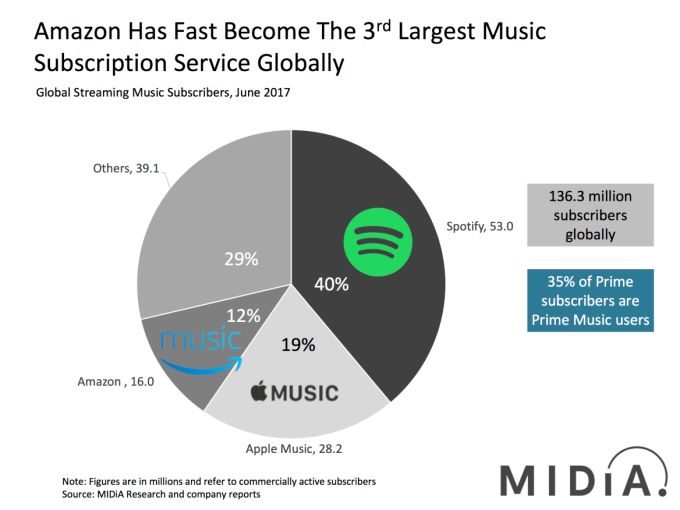

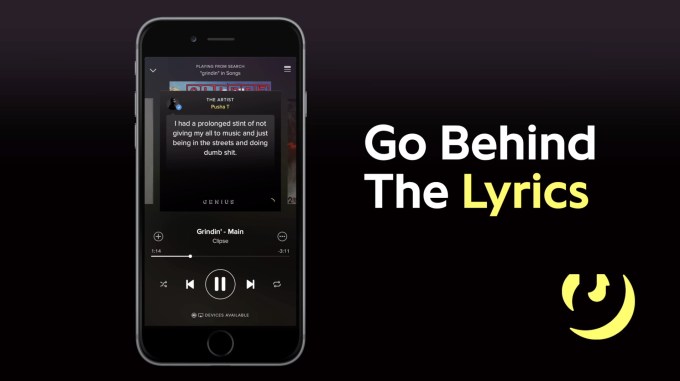










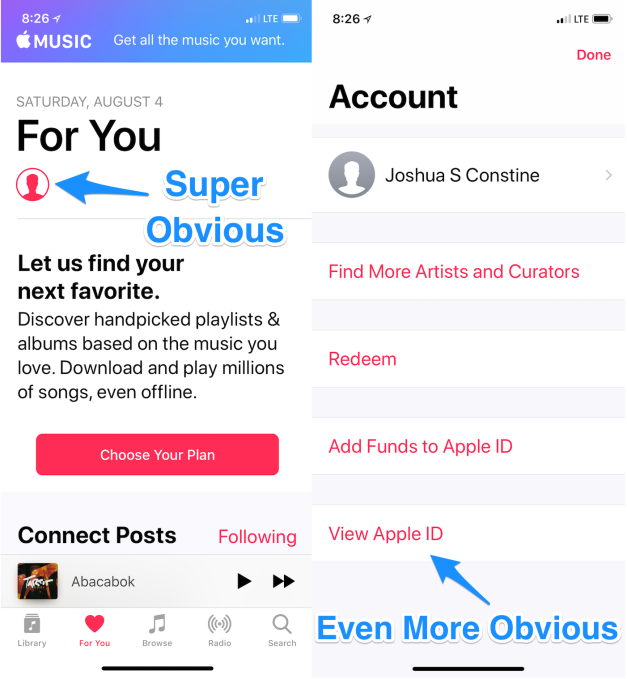

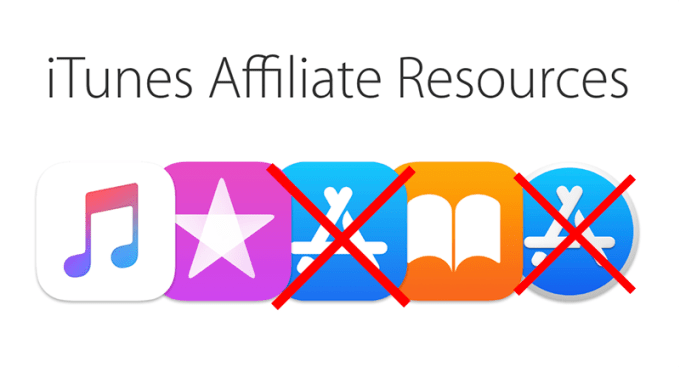





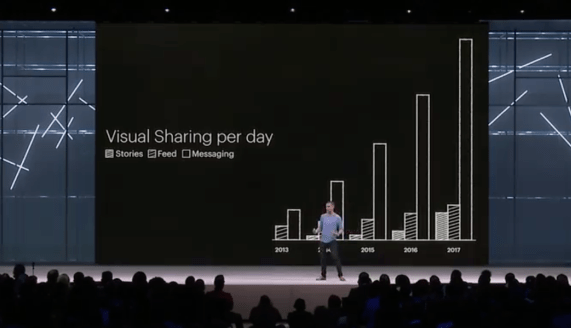
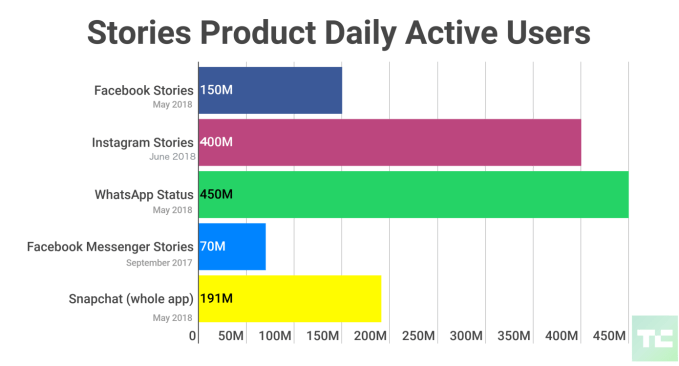
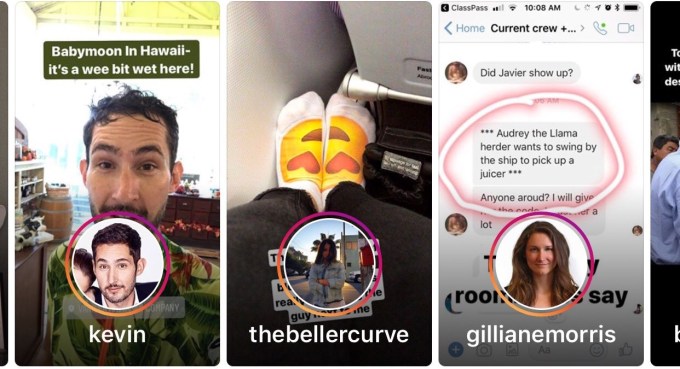
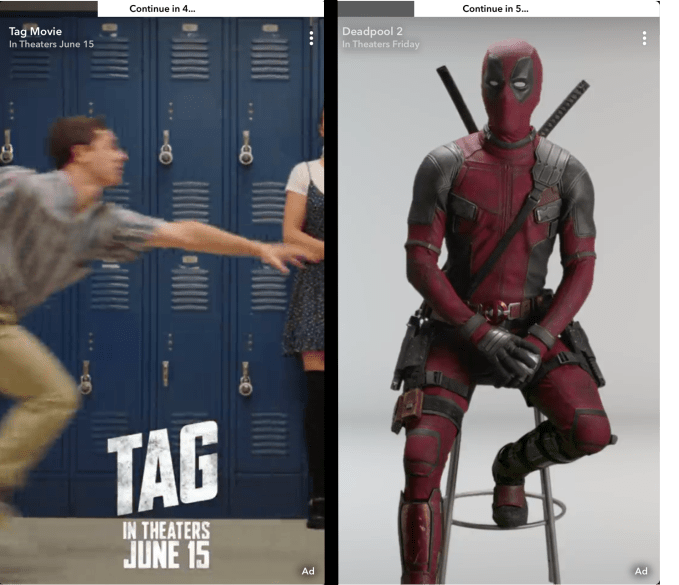

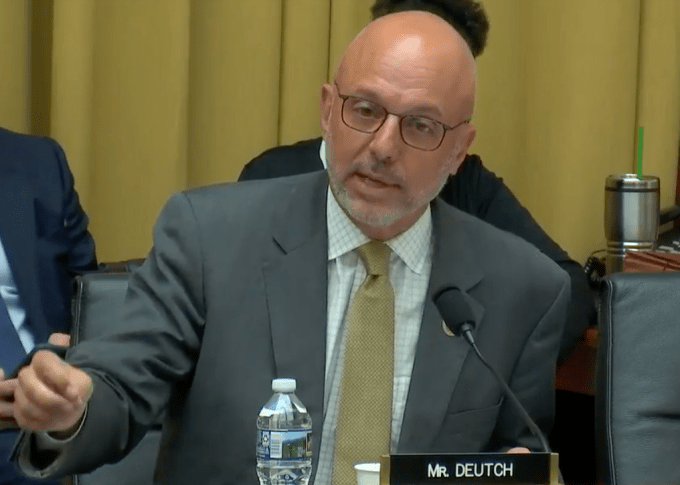

 (@alexisohanian)
(@alexisohanian) 

